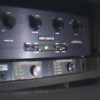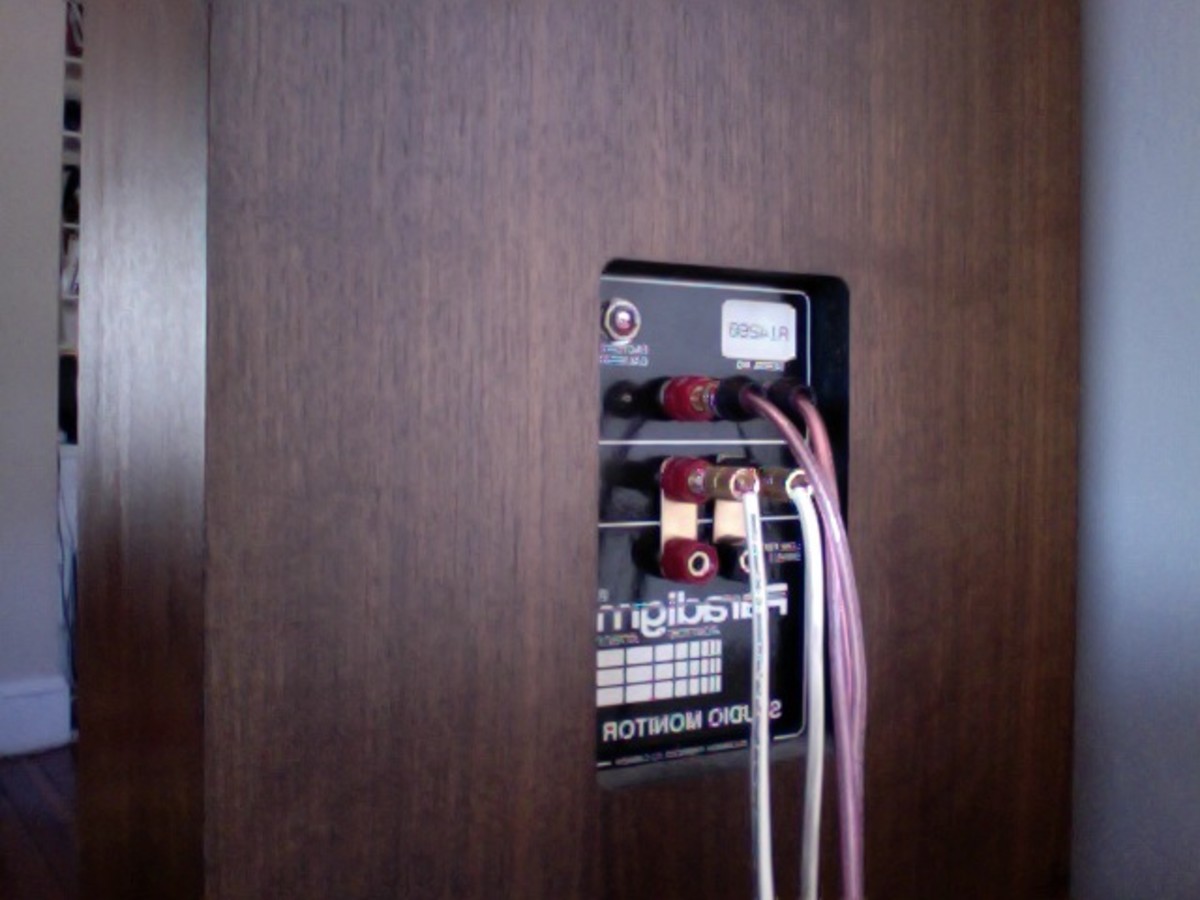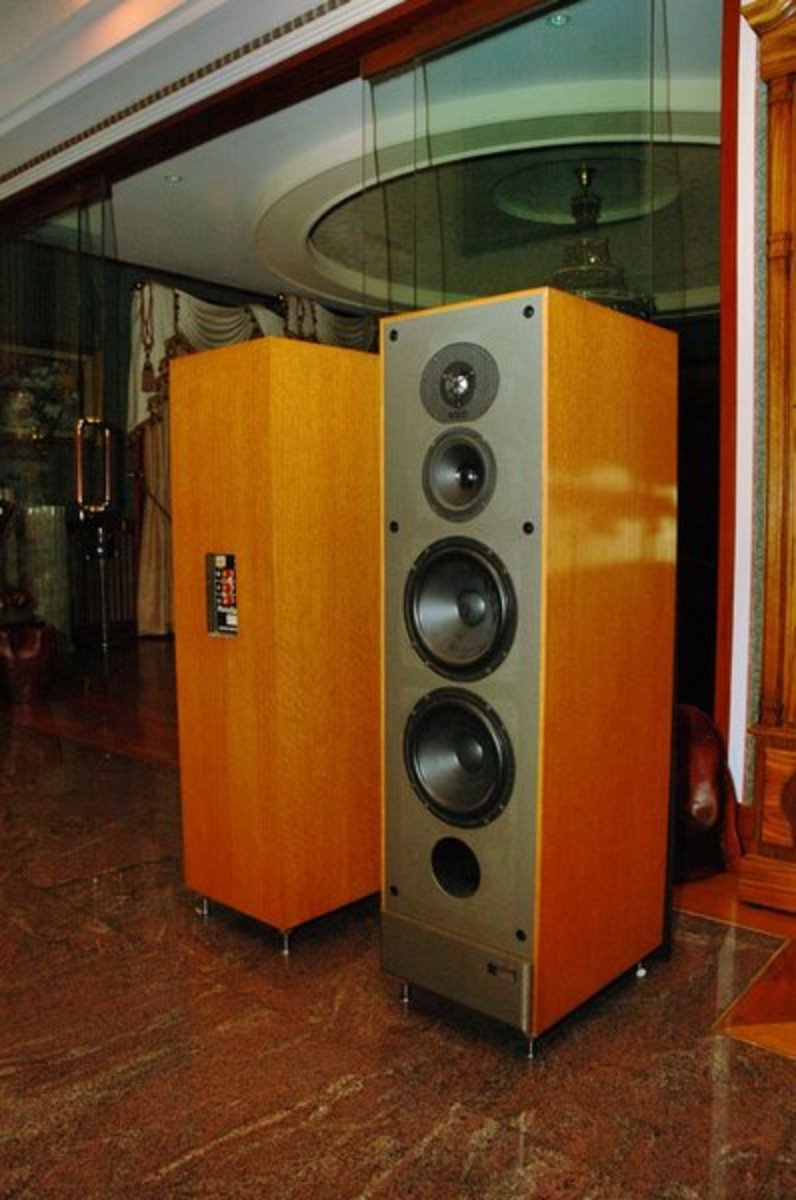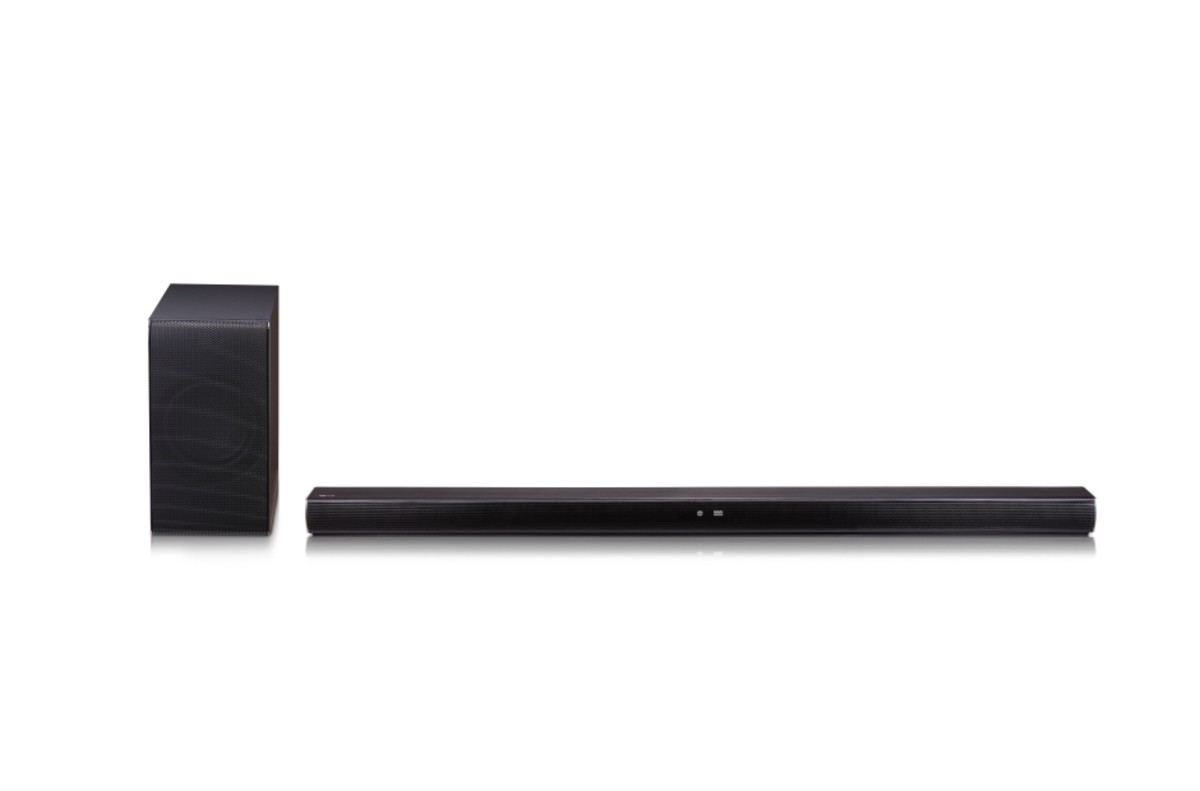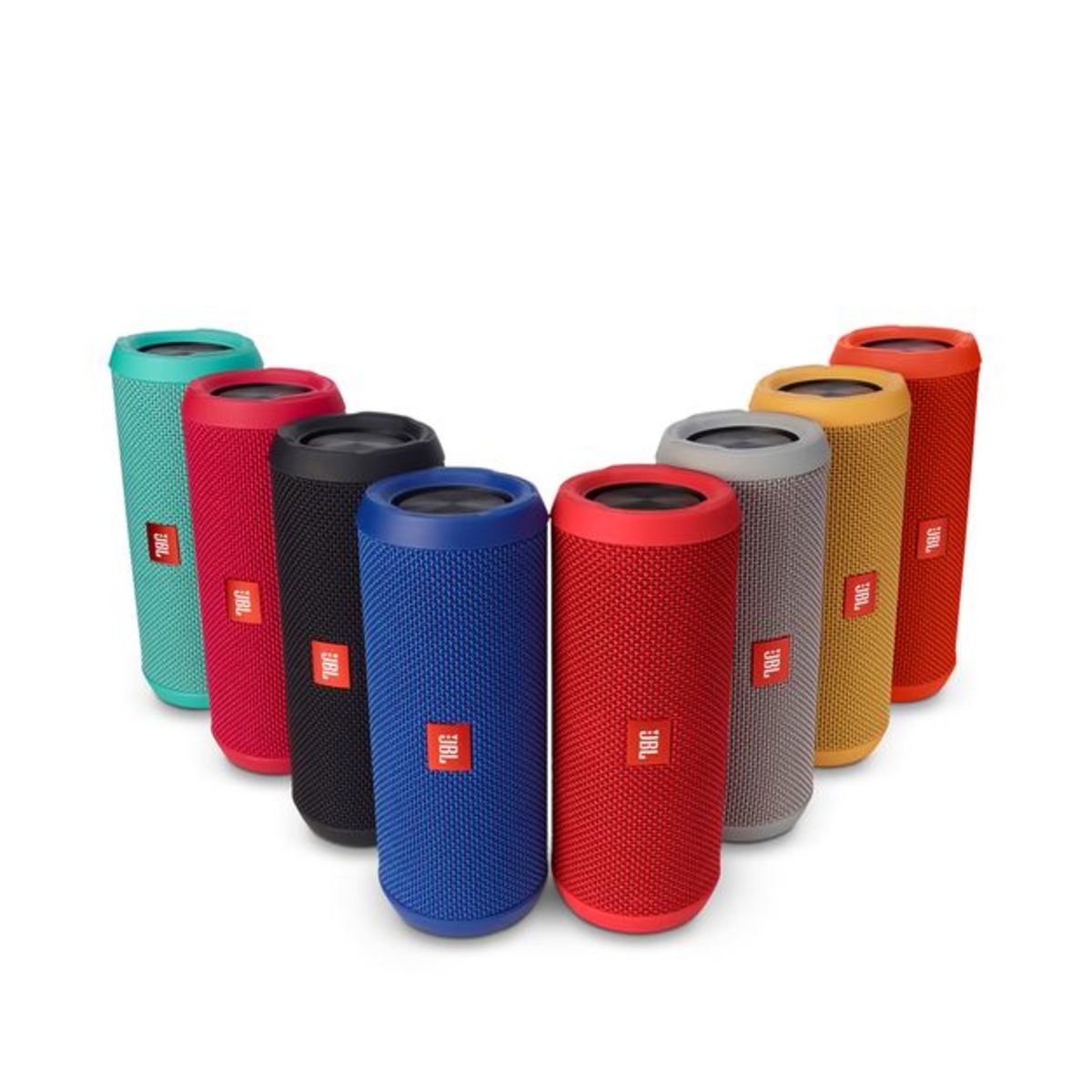Pt.3- PREREQUISITES for SONIC REALISM - Corroborated.
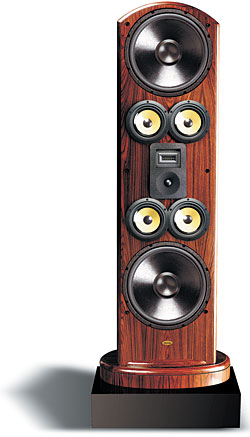
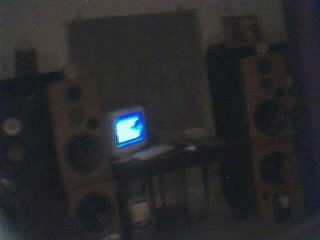
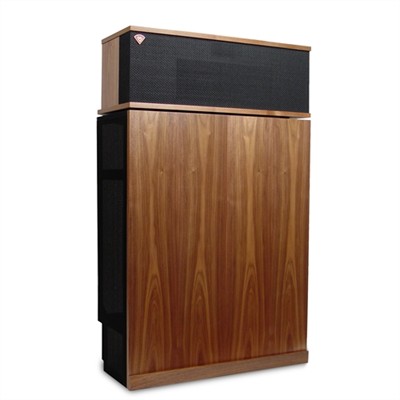
(Part 3 of 4) by WAJ; on audio
Rare instances of corroboration in the mainstream press regarding the most important factors for 'Sonic Realism'
If you haven't yet read the articles previous to this one, then let me encourage you do so. This is because the series, so far, is written like a book with each part, or 'chapter', flowing into the other.
'Audio Magazines' Sinister Practices...', for instance, highlights some of the nefarious tactics elements of the mainstream audio-press employ to mislead the consumer. It also alleges that, among other things, they're partly responsible for the deficiencies in the vast majority of speaker-systems today. And, Part 1 - 'From HiFi to High-End...', for another example, highlights the deficiencies in these speaker-systems, and offers the solution by suggesting the most important factors for lifelike audio-reproduction. Aspects of all preceding articles (especially parts 1&2) are relevant to the points presented in this current piece.
Since writing those preceding articles, another piece has come to my attention. And since it makes me feel less like a lone wolf howling in the wilderness, I am compelled to high-light sections of it. The following is by Thomas W. Mallin of Stereo Times magazine. From a review of the $15k Legacy Whisper speaker system, dated 3rd April, 2000:
He asks that we: [Understand first, that unlike most people these days he still uses the absolute sound of live unamplified acoustic instruments playing music as a standard against which to judge the sound of audio equipment. Also understand that tonal balance, dynamics, and the ability to play large orchestral works at subjectively realistic levels are quite important to him. While he fully admits to the joys of a visible auditory sound-stage populated by three-dimensional images, great imaging and sound-staging will not distract him from serious deficiencies in tonal balance, dynamic contrasts, and dynamic range.
When judged against this standard, to his ears, most serious audiophile speakers sound tonally a bit thin (meaning lacking tonal weight from the bass through lower midrange) and a bit bright (exaggerated upper mids through lower highs). Most such speakers are also unable to encompass the dynamics of live music at any frequency, much less with the effortlessness of the real thing. And especially in the bass, most such speakers just don’t move enough air to at all resemble the tremendous power and scale one hears from organ, bass drum, tympani, lower strings, and the lower brass in a hall].
This mirrors exactly my own experience with most high-end speakers I’ve encountered. He could almost have been describing the sound of those B+W’s I alluded to in part 2 of this series, even down to the prominent treble. The question is; Why haven’t more reviewers ‘recognized’ these major FUNDAMENTAL FAULTS, and highlighted them for what they are, instead of misleading their readerships with raves about the stereo-imaging and detailed-resolution of the tonally/dynamically-flawed ‘musical notes’ these speakers produce?
Previously, even while writing the prior pieces, I’d questioned my own perceptions as very few reviewers seemed to even notice these faults – now I feel vindicated, somewhat.
LOWER-MIDRANGE BODY: Further substantiating aspects of my own radical views is a review by the webzine, 'The International Audio Review' (IAR) of the Osborn Grand Monument speaker system. (OK so the IAR isn't really 'mainstream-press', it's one of the good-guys, but its views are relevant here nonetheless).
Though costing a 'mere' $20k, the IAR recognizes the Osborn as a 'statement ' speaker comparable to the likes of; the Sound Lab A1, Martin Logan's Statement, and Wilson's Grand Slamm, even surpassing some of these in aspects of its sonic realism.. One of these aspects, or, one of its most outstanding attributes, they say, is its ability to sound appropriately 'big' - as big as the music requires, even at moderate listening levels. Also, large-scale works sound large and commandingly impressive, just as the composer intended. This they attributed to the speaker's 'rich warmth' which allows musical performances to convey 'wonderfully' rich body, weight, and authoritative heft. Singers, they tell us, have real chests, not just vocal-chords, pianos have real sounding boards, not just hammers and strings, and cellos have large resonant cavities, not just strings and a bow. IAR believes rich warmth in speakers provides NATURAL MUSICALLITY, and contributes to preventing a speaker from sounding lean, bright and analytical. Sounds familiar?
Coincidentally IAR, in this review, singles-out Henry Kloss as a designer who had always sought to ensure that his designs provide similarly rich warmth, and they attribute the 'musical success' of Kloss' KLH Model 6 and 8 to this very factor. It is indeed ironic that they should mention this because, for years, I'd sought out later models of KLH drivers for my own DIY system because of this very same elusive attribute. No other driver I encountered could supply that 'rich warmth' (or 'lower-midrange body' as I prefer to call it) in the ideal proportion that these cheap KLH's can. Tannoys are great, but can be a bit boomy at times - every other driver I encountered was just too unrealistically thin/lean in this region. (For those interested, I found mine of, perhaps, 70's-90's vintage at e-bay, try the model 7500, AV4000, AV5000, or others with the 12" corrugated cone from that era. The latest ones that stores like amazon.com carry, I'm not familiar with. However, they must be modified for exceptional sound quality - see 'System-Building for Lifelike Sound' or 'DIY Speaker-Systems' for my own ideas. Another caveat is that most popular amps/pre-amps, and some other components, will mask these attributes, so be advised).
DYNAMICS, etc: The Absolute Sound magazine's (TAS') issue #162 carries a round-table discussion amongst its writers on the necessary requirements for 'Sonic Realism'. In one segment they suggest that bass and treble are deterrents to realism as they 'stick-out' and detract from the perception of realism. I reservedly agree with this view. Reservedly, because I also recognize the existence of treble excesses and a recessed midrange in modern speakers, and recognize that this will be emphasized when combined with the real major problem; the lack of lower-midrange body in today's speakers. This lower-mid deficiency will also cause realistically proportioned bass to 'stick out' in such speakers as there is no continuity between mid and bass since -yes - the lower-mid is missing. In actuality though, apart from some in the upper-echelons of high-end (to which I believe TAS was referring) most speakers don't even have the (realistically proportioned) bass/deep-bass to 'stick out' very much. Realistic bass and realistically proportioned bass/deep-bass, in most modern speakers, have suffered the plight of the lower-midrange - they're all missing in action.
All are totally agreed on the next point, however, including yours truly. Robert Harley made the point that dynamic nuance is the thing that spooks you because that's what sounds real. Jonathan Valin offered that, to him, dynamics are 'the whole ball of wax' - that is in so far as the attainment of sonic realism is concerned. And in response to a previous string on the crucial necessity of midrange presence which horns excel at, Harry Pearson pointed out that horns are highly efficient devices, and that the more efficient the device gets, the better the macro-dynamics and the micro-dynamics. Admirable! It warms the heart to see one of our major mainstream magazines grasping some of the roots of our problems - even if they did fail to properly identify the missing lower midrange element. In light of all this then, one can't help but to ponder at the rationale behind continued raves about - let's say - not the least bit 'highly efficient devices' with near non-existent 'midrange-presence' in addition to bass and (excessive) treble that, ah, 'stick out'. Oh well, that's another story.
A brief note, though, on the 'crucial' necessity of 'midrange presence', if realism is to be achieved, as TAS indicates. Again I agree, this strengthens a point I made, in part 1, about the overwhelming importance of the midrange in music. As a reminder I'll quote from that article; "90% of the sounds in nature and music, in my estimation, is in the midrange. Therefore the accurate reproduction of all the midrange (including the missing lower-midrange) is absolutely critical for the accurate reproduction of the sounds of music."
I, however, do not agree with TAS' perception that horns hold a near monopoly on midrange presence (please see their article). Yes, horns do project differently from direct-radiators (cones) and they do project further - into the far-field - but that is irrelevant in the domestic scenario. The root of the midrange disparity between horns and cones, in the near-field, is that today's direct-radiating speakers feature a falsely recessed midrange in addition to their missing lower-mid (measurements don't tell everything) which falsely brings into prominence the bass and treble we seem so fascinated with. Or, to put it another way, we could also say that the prominence accorded treble especially, and what bass there is, causes the midrange to seem recessed, even more-so since it lacks the contribution of the lower-mid - it amounts to the same thing. Restore the natural midrange balance (including that lower-mid) as it is in nature, and not only will that 'crucial midrange presence' be achieved (more accurately than with several 'nasal' horn types) but sonic realism will also be more evident, especially if efficiency/dynamism is also addressed. [For more on the recessed & thin midrange etc. please see part 4, yes another one; 'The Roots of Modern Speakers' Deficiencies; The Roots of Evil'].
Of all the above, my favorite is the StereoTimes reviewer. More so than the others, all his views on the subject coincide exactly with my own. He even likes my second favorite speaker of all time (the Klipschorn) for the same reasons, and shuns it for the same faults I found - it's uncanny. He actually bought the 95db/1w/1m efficient Legacy Whisper since, tonally and dynamically, it fit his criteria for realistic reproduction – congrats to him on an apparently worthy choice. Here again, I’ll paraphrase his comments regarding its dynamic capability: [Maybe there are speakers out there which give a greater impression, top to bottom, of the seemingly limitless dynamic range of live music, but there are very few. The classic Klipschorns are certainly in the same league, but due to frequency response peaks in the upper ranges, don’t sound as relaxed as the Whispers. Especially in the midrange, where one would expect most speakers to have adequate dynamic range, the Whispers are far superior to anything else he’s heard.] and: [As another reviewer said, you really don’t realize how much other speakers are compressing midrange music until you hear that music played through the Whispers].
I reiterate - everything this reviewer has said corroborates the points I had previously made in parts 1&2 of this series. Pretty much the same applies to IAR and, surprisingly, TAS. It is of paramount importance that it be understood, though, that if the theories expounded here at W.A.J. on Audio are valid (as corroroborated by those others) then it means that, perhaps, 95% of the speakers some of these mags continue to encourage consumers to buy are really worthless, if sonic realism is the goal we seek. Why, then, do these mags continue to foist upon us components which lack the major prerequisites for achieving it? "Audio Magazines’ Sinister Practices” (a pervious article) has already addressed that issue: What do you think?
Nevertheless we're apparently all agreed, more or less, on the major points of both my articles, so far, on the subject: Provided all other performance areas are decent, correct-tonality especially for ALL the midrange, and supreme dynamic-capability, are THE most important factors for realistic, LIFELIKE, audio reproduction. WAJ on Audio.
Copyright 2010
